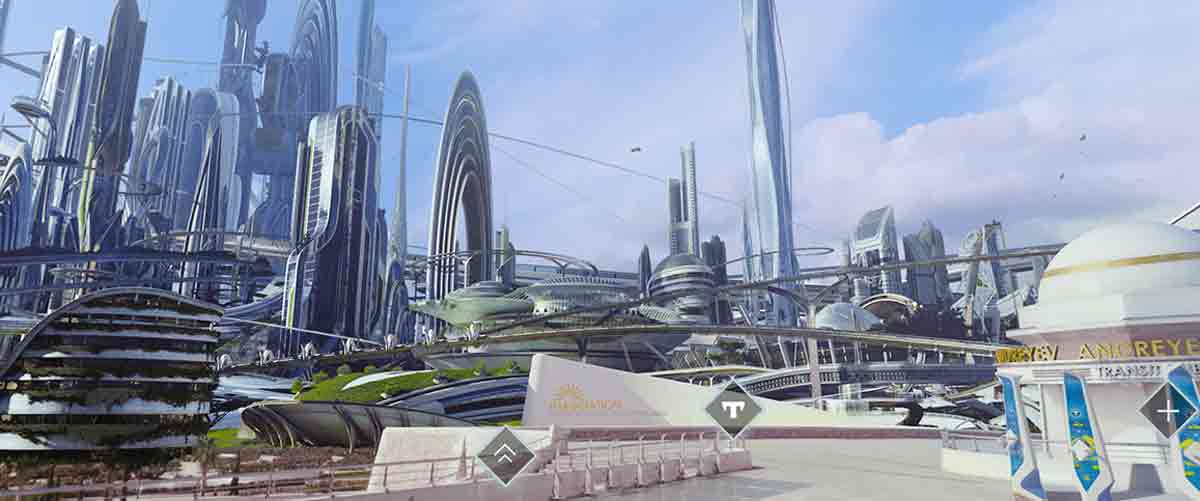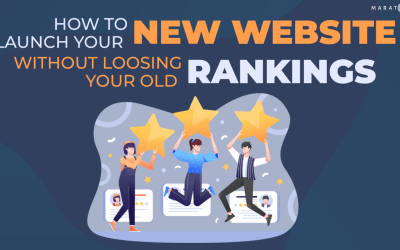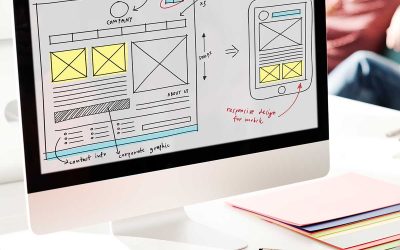The future is in our sights, it’s in our hearing and it’s virtually in our touch. Whether it’s 360-degree videos shared on Facebook or people wearing oversized headsets taking a tumble, it’s hard not to notice that VR has gone from sci-fi dream to tangible reality.
Virtual Reality is the term given to any technology used to immerse its user in an environment, creating the illusion that they’re actually there. As of now, most VR software focuses on scenic film clips, but even more so on the world of gaming, with a range of affordable headsets now on the market. There’s a constant stream of sources popping up online – which raises the question…
…how soon will it take for our “online” to become “reality”?
Harnessing the Technology
With the continual growth of web dev technology, it’s easy to believe that soon we’ll have websites tailored to work with VR headsets. This doesn’t necessarily mean we’ll have Minority Report style floating interfaces right away, but I do believe there are similar ways we can harness this technology.
Take takemetotomorrowland.com for example. This uses a first person stance in a Google Street View style environment and lets users click through different parts of the city. The purpose of this layout is to make the user feel like they’re actually in the city, which will be greatly enhanced by a virtual reality headset.
Granted, this is a fairly similar version of a video game, but it sparks ideas as to how this could be implemented in websites, with the aim of making everyday tasks simple yet enjoyable.
Tomorrowland
Virtual Tours
The most realistic way to implement this in the near future would be for virtual tours.
This offers the opportunity to immerse your user in any situation – ideal for letting agencies, hotels or galleries. By using a 360-degree camera to capture the hotel décor and layout, we can then let the user walk through and look around before making a booking. Not only will this improve your sites interactivity and design status, but it lets the user know exactly what they are getting, which, in turn, will improve customer relationships.
eCommerce
With the sheer number of eCommerce websites out there, it’s somewhat surprising that they all tend to follow a similar design – which means they can get easily lost. Only recently the traditional layout has been developed to make sites with their own personality – and I feel that VR in online shopping could be very important moving forward.
We all know how frustrating it is ordering something online, waiting eagerly for the postman, only to discover the top is just too tight. With this technology, we could drop the user in a virtual clothing store (with a custom avatar), letting them try on as many different outfits as they want, whenever they want.
The Many Uses of VR
These are just a few simple examples – but, in reality, this technology can be used for almost anything. Aspects such as educational services (military or medical procedures), live music, stress relievers, space exploration or sports.
However, with all this development, there may be some downsides.
For instance, 360 videos can usually take up a lot of memory, and work best recorded in 4k. This could potentially cause pages to render slightly slower or may even crash on older browsers.
For the most part, this is still a new concept and may not be around fully for some time. But virtual reality is here and will play a major part in our lives moving forward.
Warning: when VR IS part of everyday life, it’s important to remember to leave the house from time to time if you want to avoid a Wall-E situation …







